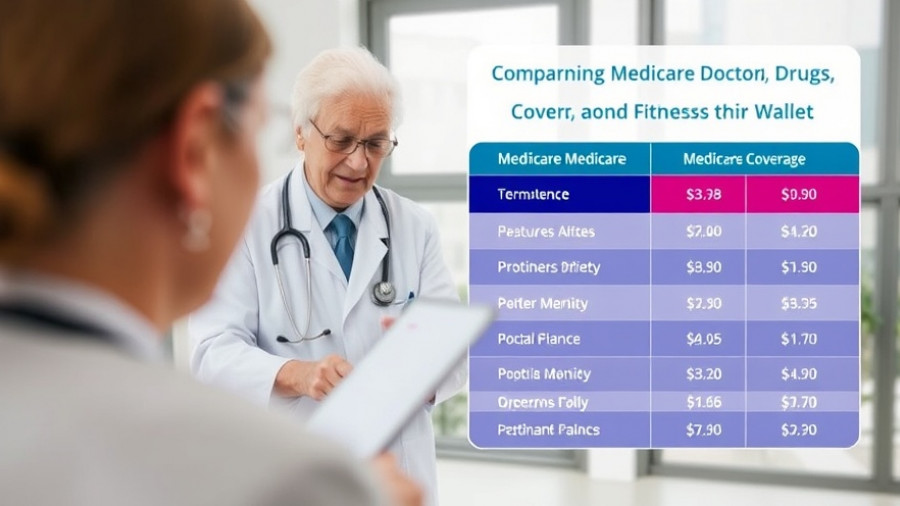
Unlock Stronger Bones with Yoga: The Benefits You Can’t Ignore
When it comes to maintaining bone health, most people think of weightlifting and cardio. However, yoga emerges as a surprisingly effective alternative, especially for older adults. Recent studies have illuminated the positive impact that yoga can have on bone density, hinting that the practice extends far beyond flexibility and relaxation. In fact, even a brief daily commitment can be beneficial.
Bridging the Gap: Why Bone Health Is Important
Osteoporosis is a significant concern, particularly for seniors, as it leads to increased susceptibility to fractures. According to the National Osteoporosis Foundation, 1 in 2 women and up to 1 in 4 men over the age of 50 will suffer a fracture due to osteoporosis. Incorporating yoga into one’s routine not only aids in bone retention but also enhances balance and posture. These benefits are crucial for preventing falls—a leading cause of injury among elderly populations.
The Science Behind Yoga and Bone Density
Yoga provides safe, weight-bearing movements that contribute positively to bone density. It induces a gentle stress on bones, prompting the body to produce new bone cells, effectively fortifying skeletal strength. This is especially pertinent for older adults because bone remodeling naturally slows with age. The stress applied through yoga could be the catalyst for combatting this decline.
The Best Yoga Poses for Building Bone Strength
Not all yoga poses serve well for individuals with low bone density. Rather, focusing on balance and strength-building poses is essential. Here's a selection of effective yoga poses:
- Mountain Pose: Promotes stable posture and alignment.
- Tree Pose: Enhances balance and coordination.
- Cobra Pose: Increases spinal strength and flexibility.
These poses encourage proper alignment and bone healthy stances. Importantly, they help prevent falls and reduce the risk of fractures.
Starting Your Yoga Journey
Before diving into yoga, especially for those with osteoporosis or similar health concerns, it’s prudent to consult a healthcare provider. Understanding safe practices tailored to personal health needs is essential for avoiding injury. Once cleared, practitioners can benefit from simple poses that fit naturally into their lives.
Consider finding community resources or classes that specialize in senior yoga, promoting a safe and supportive environment.
Empowering Yourself Through Yoga
Embracing a yoga practice is not just about flexibility; it’s about empowerment and self-care. Understanding the subtleties of how specific poses affect your body allows you to take meaningful strides toward better bone health.
It's more than just bending and stretching; it’s about enhancing your life’s quality as you age.
 Add Row
Add Row 

 Add
Add 


Write A Comment